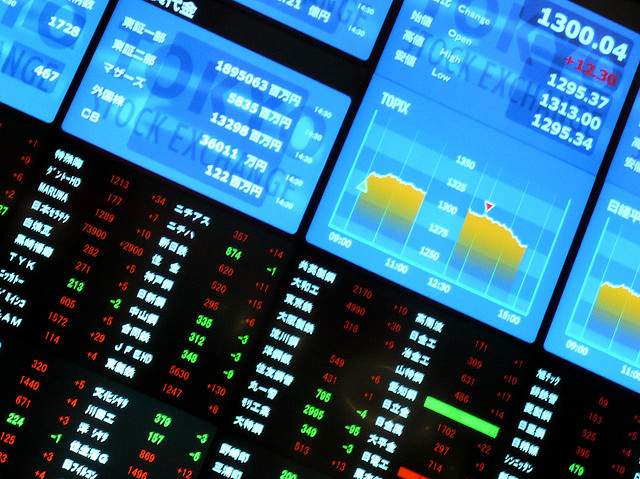Rising wealth in emerging markets is making the companies listed on their stock markets increasingly attractive. Growing disposable incomes from a middle class that adds millions to its ranks every year means higher profits and better returns for investors.
However, buying and selling stocks in emerging markets can incur high trading costs. When these are deducted from gross returns, profits made on equity markets are reduced. It can also be difficult to buy and sell shares in the first place due to relatively lower numbers of investors in emerging markets than the developed world, which makes many equities illiquid.
To counteract the problem and make trading emerging market equity stocks both more affordable and accessible to investors, Robeco has developed a model that estimates stock-specific trading costs.
“Trading costs are disproportionately high in emerging markets,” says Wilma de Groot, portfolio manager for quantitative emerging markets equity for the past year and a quant researcher at Robeco since 2001.
Thought leadership for peers
De Groot’s research has been blended with that of her quant colleague Weili Zhou, who developed the trading costs model, and Joop Huij, who is also a quant researcher. The three authored a 2011 report, ‘Another Look at Trading Costs and Short-Term Reversal Profits’, which has formed significant thought leadership for the asset management industry.
“Our quant products have a relatively low turnover, so we are already cost-aware, but trading costs will become more important as the funds grow,” she says. “We developed a proprietary trading costs model, for our own Robeco trades, so these costs are visible in our tools when we do a trade.”
These cost estimates are reliable predictions for the actual costs that would be incurred when the trade is executed. “The next step is the integration of this trading costs model into our investment process and we have several ideas,” De Groot says.
“The first is that we want to use it to determine our active positions, so if a stock is very attractive, but has very high trading costs, then we will not take our full overweight position.
“The second is to make a connection between the expected alpha of a stock, and the trading cost of acquiring it. Although a stock might be expensive to trade, if it has an attractive alpha, it might still be worthwhile buying that stock.”
Market impacts important
Direct trading costs are fairly straightforward to quantify, but a bigger problem is the impact that a sizeable trade in the shares of an illiquid stock can have on the overall market. If an investor buys or sells a large tranche in one hit, the act of trading can itself move the share price upwards of downwards.
“Trading costs consist of multiple components: there are the fixed trading costs such as commissions and fees, and taxes, which can also be relatively high in emerging markets,” she says.
“But then we have market impact, because the trading volumes are much lower in emerging markets than in developed markets. And we continuously look at how we can further refine our market impact estimates. This is something on our research agenda.”
Relationship with anomalies
New research by the quant team includes a large-scale investigation into the relationship between investment anomalies and trading costs. These include market phenomena such as the momentum effect which has been proven to show that stocks which demonstrate high momentum outperform those with low momentum, contrary to standard investment theory.
“There is a stream of academic literature that argues that profits of well-known anomalies disappear once correcting for trading costs,” De Groot says. “We observed that the strategies used in these articles are, however, very simplistic and include many small- and micro-stocks which are very expensive to trade”.
Indeed, research by De Groot, Zhou and Huij shows that by implementing investment strategies using smart trade rules is a better option. It results in much lower turnover compared to naïve trading algorithms without the loss of gross performance, thus increasing net profits.

